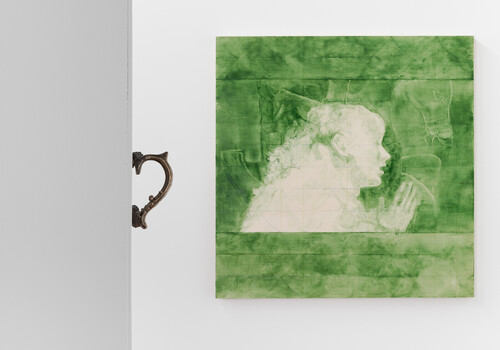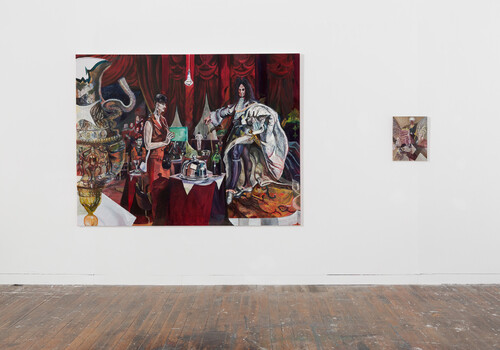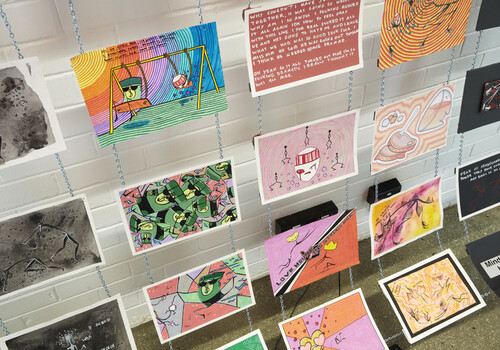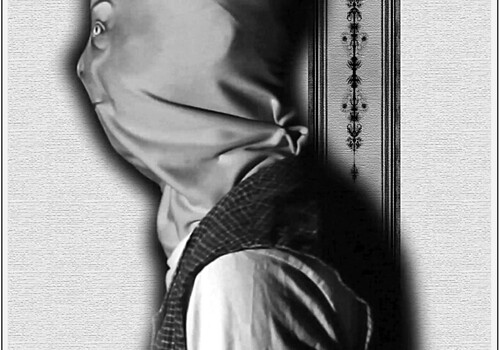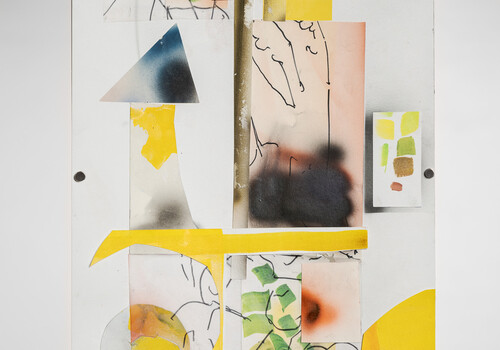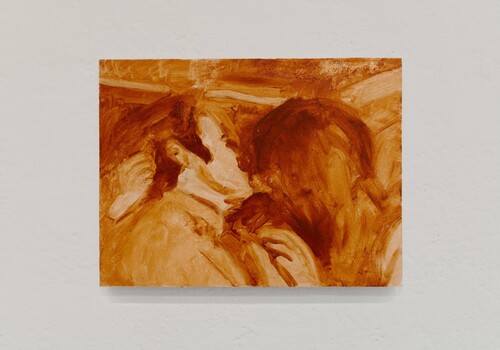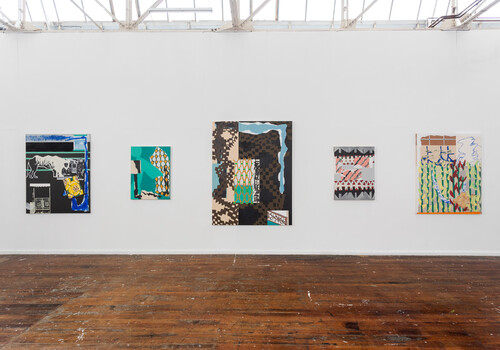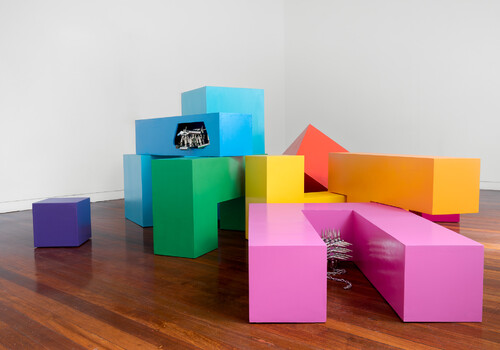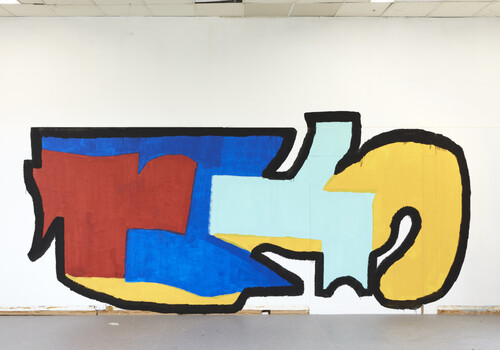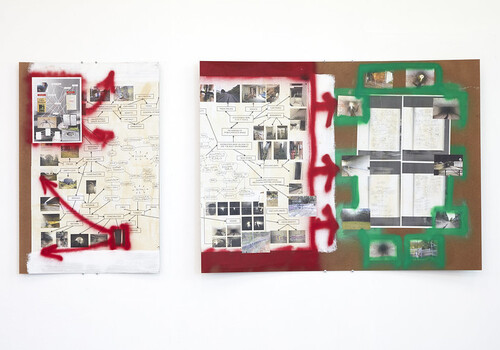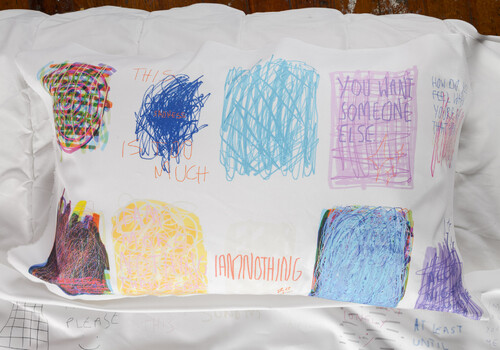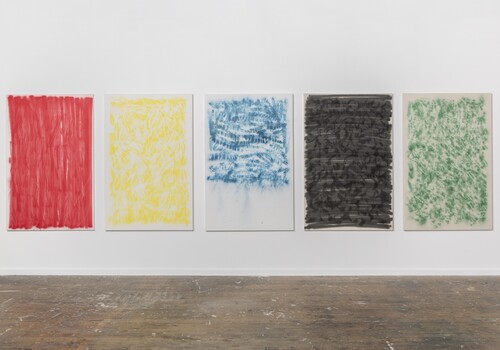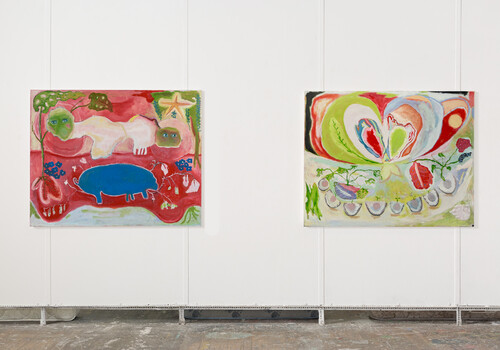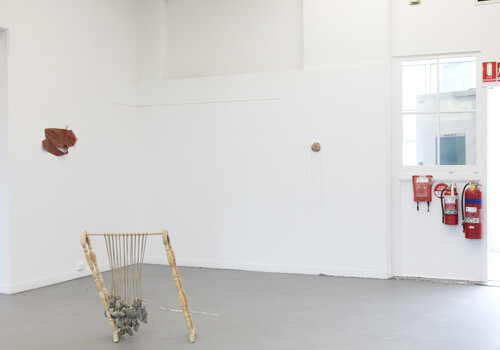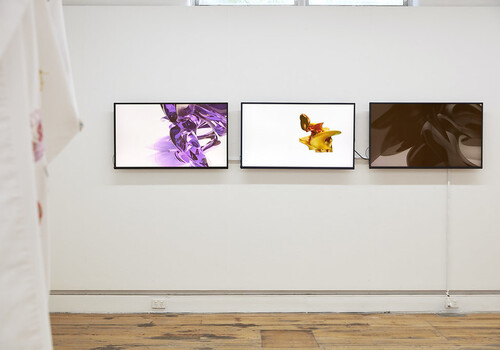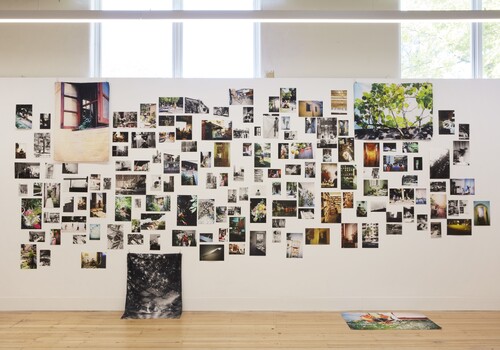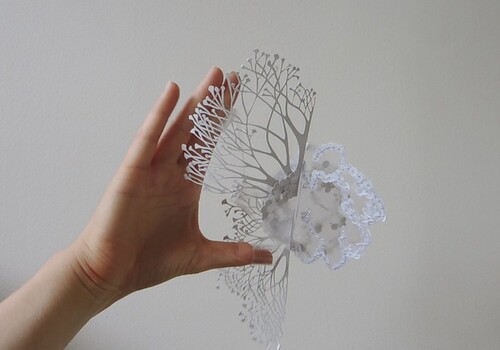Honours, Victorian College of the Arts
By ZiXin (Jessie) Chen
“When things get tough, make good art”, Neil Gaiman once said. His advice has never been more poignant than today. What’s a better coping mechanism for a global pandemic than artmaking? The following four VCA Honours students concur with me, and their work demonstrates how their artistic prowess has flourished under duress.
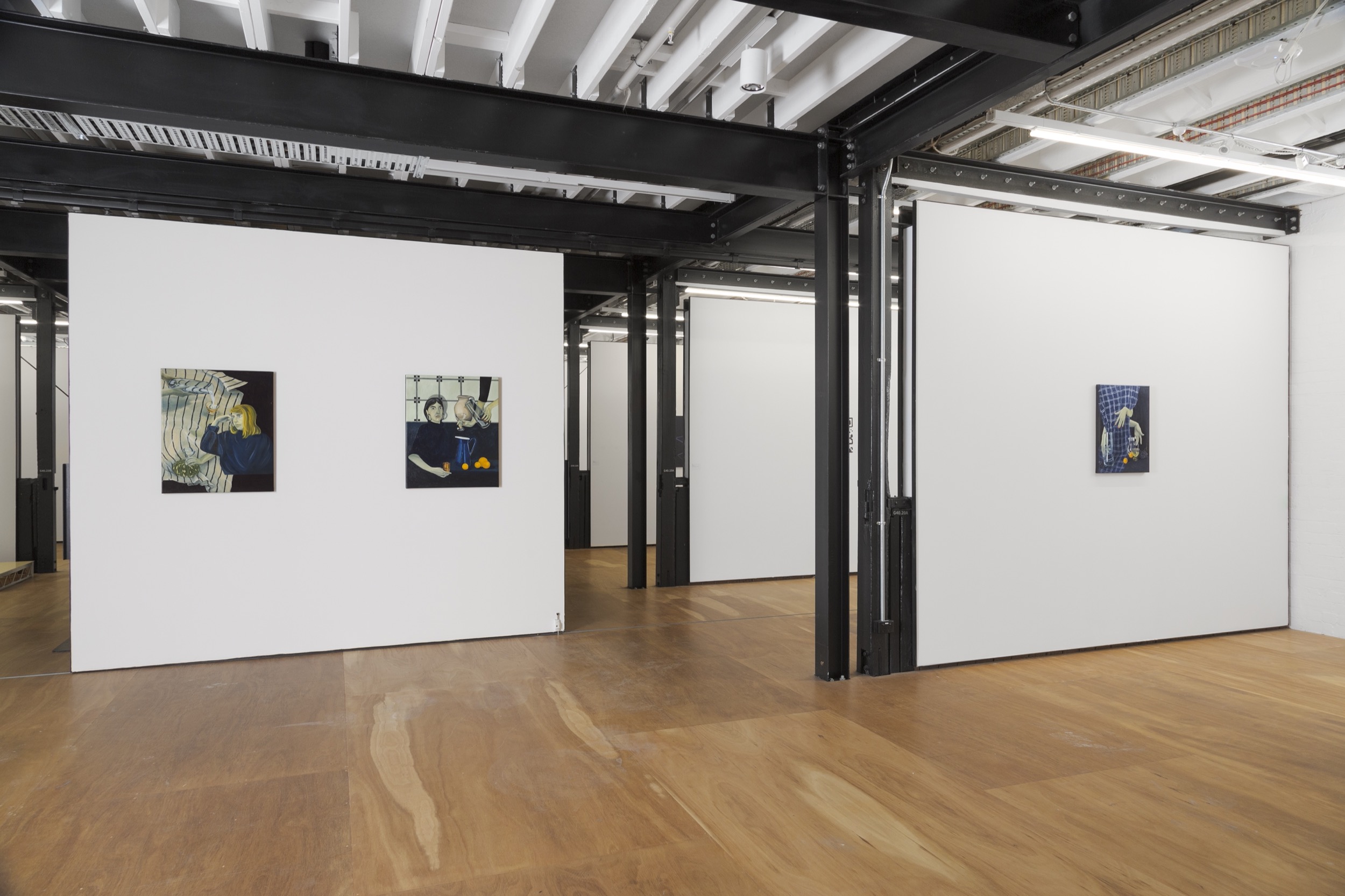
A palpable theatricality reveals itself in Seth Searle’s oil painting Plaid cloth, fruit and Nanna’s glassware (2020). The painterly tableau is akin to a polished theatre set, with a plaid cloth that divides the frontstage and backstage. The exquisite painting looks like it could be cropped from something larger. This deliberate fragmentation is intriguing. What is being shown? What is concealed? In this way, Plaid cloth, fruit and Nanna’s glassware (2020) lures us into the nebulous territory of the backstage. Alongside that, Searle’s equally captivating works like Grace watching while I pour her water (2020) and Leyla in November (2020) also have a story of their own to tell, waiting to be unveiled.
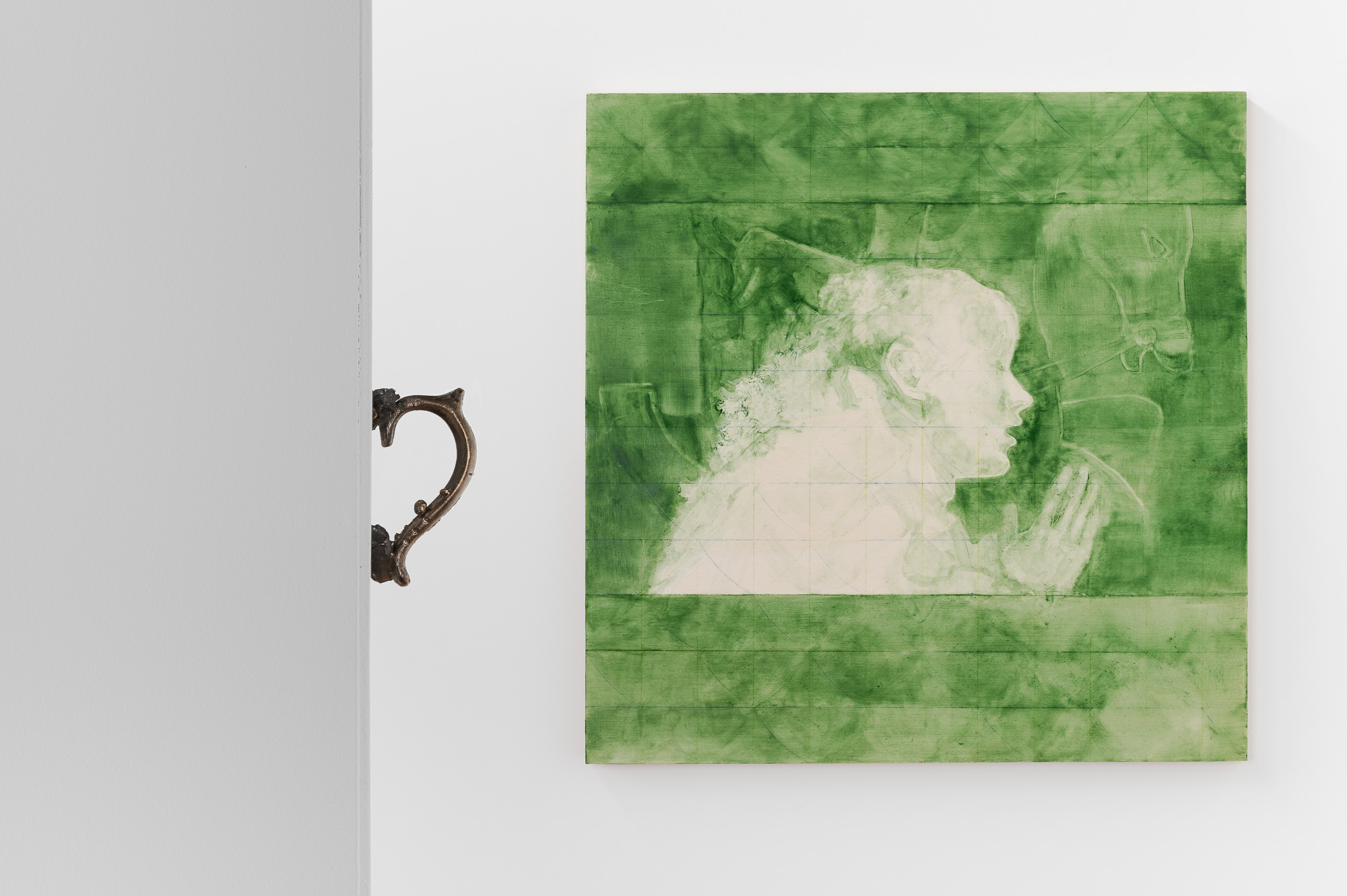
A tribute to Tarkovsky’s atmospheric cinematography, Skye Malu Baker’s oil painting The Future Imperfect (2020) possesses an oneiric quality. Baker’s masterful fusion of forms induces immersive visual delectation as she juxtaposes the leaping horse in the background with the elusive figure in the foreground. This contrast makes The Future Imperfect (2020) a striking balance of reality and fantasy, urbanely depicting a dreamscape detached from logic and structure. There is also an Impressionist, musical feeling to Baker’s painting as it captures the spontaneity of being in the moment. It is a melody that Baker whispers to you, and you need sensitivity and imagination to hear it.


Samuel Nugent’s incisive sculpture Daddy (2020) shows a wooden stool lying on one side, unable to get back on its feet. Another sculptural work by Nugent, Sylvia (2020), uncannily resembles a gangly foal standing upright, though only three-legged. From a wooden object lying horizontally to a steel-made creature standing vertically, a transition from lifelessness to limp independence is obvious. Both sculptures also incorporate thermoplastic, an extremely malleable material that perfectly encapsulates the ethos of perpetual possibility and progress in Nugent’s work. “How does one fall, transition and develop?”, Nugent seems to ask. They ingeniously answer with a Jungian approach: our terror and trauma can also be the source of our remedy and fortitude.
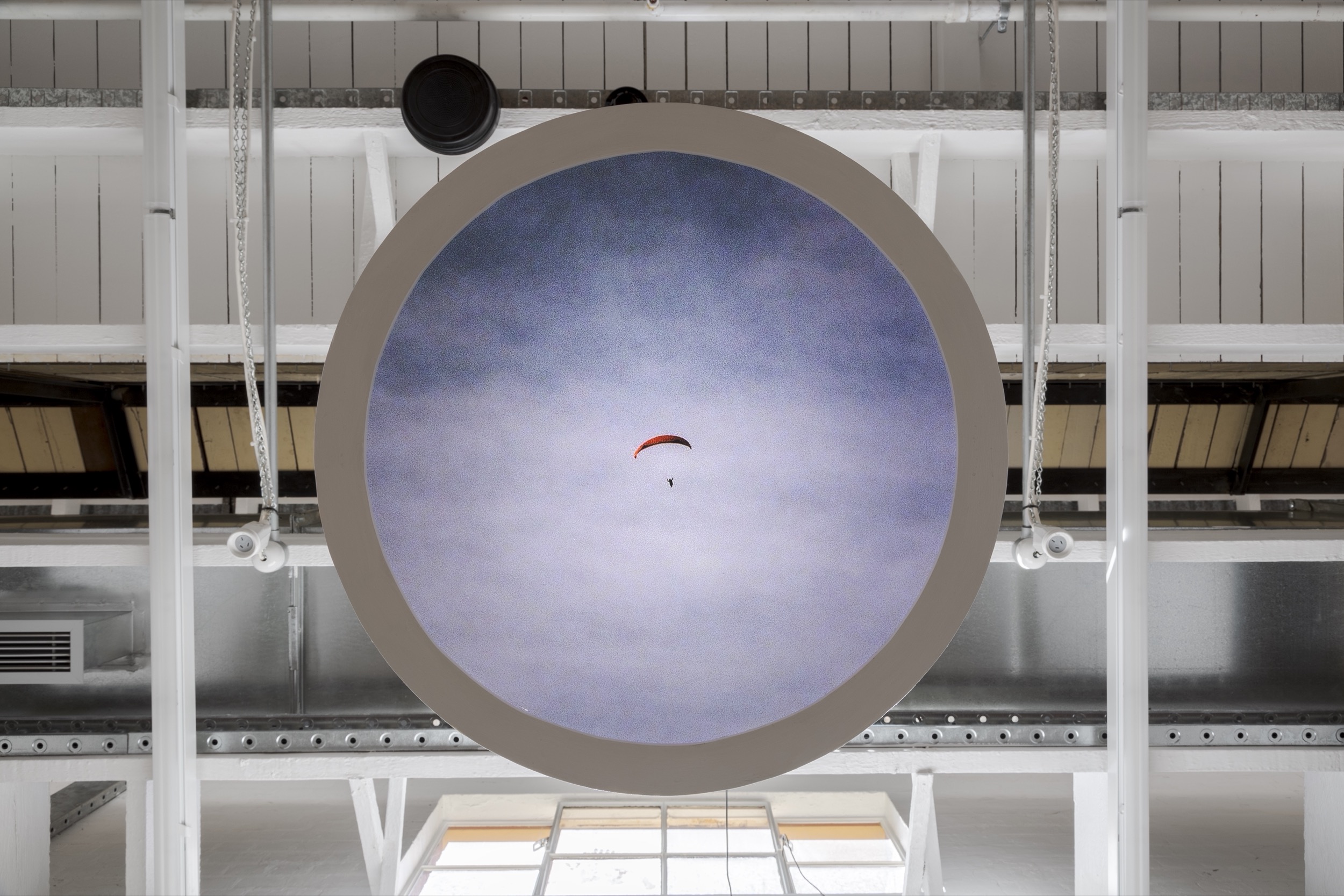
In Falling Man (2020), a duratran photograph of a paraglider on a solar panel, Alice Watson invites us to contemplate the existential angst that many of us are experiencing. Like the paraglider, the (im)possibility of falling to death or drifting elsewhere is up in the air. Watson reflects on the incommensurability of our existence, which is simultaneously terrifying and sublime. It takes enormous willpower and honesty to accept and surrender to life’s variability. With an ineffable (un)ease, Watson’s cathartic work exudes a Romain Rolland heroism in our current uncertain times.
While being denied access to studios may seem like a great obstacle for art students, it is also an impetus to unbound creativity. Such is the case for Searle, Baker, Nugent and Watson, who have unfalteringly fashioned “good art” out of the current precarity. Their deeply enticing work, imbued with profound sentiments and reflections, is bound to resonate.
ZiXin (Jessie) Chen is a photographer and writer.
